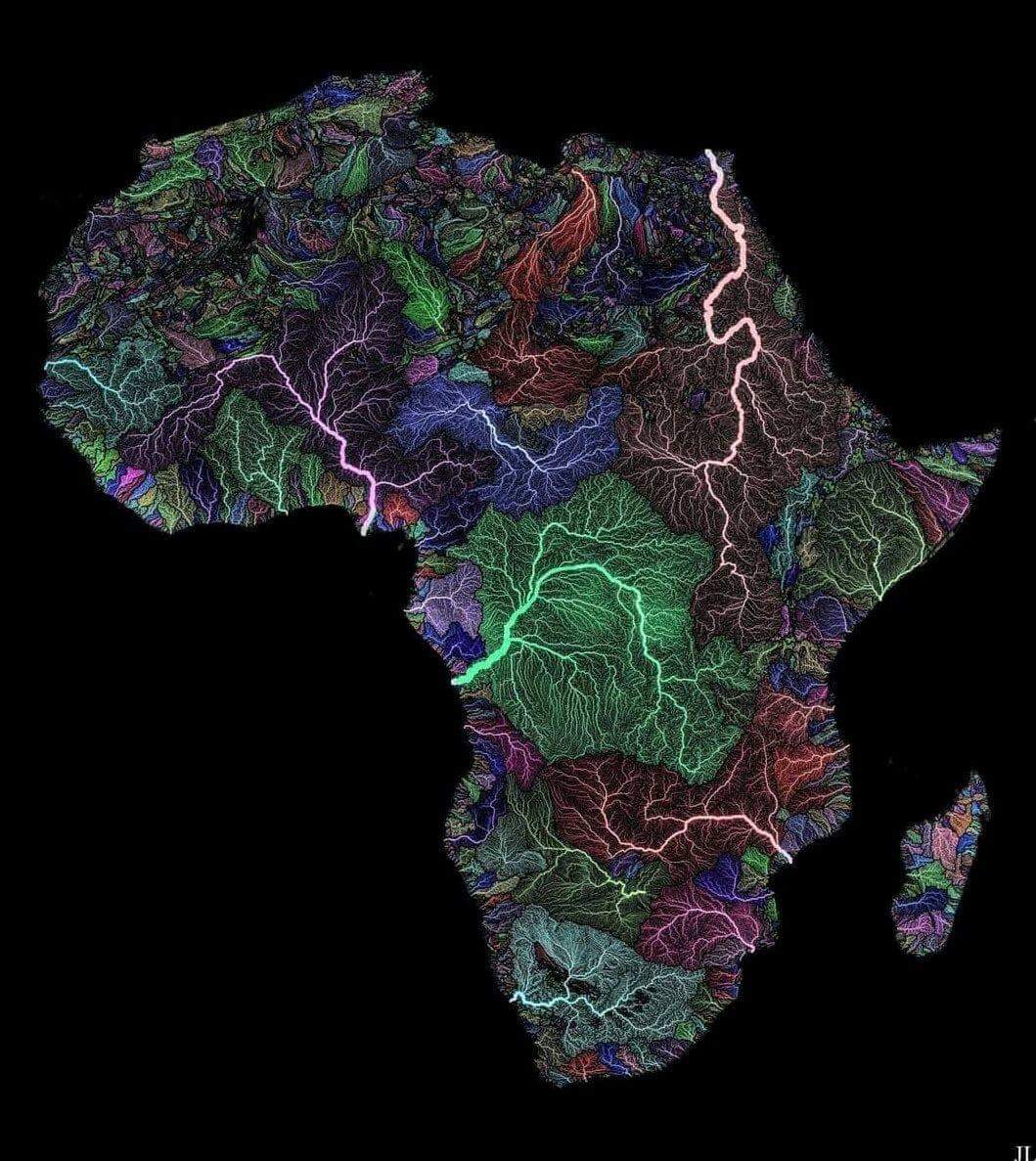Africa’s Business Renaissance – Infrastructure, Tech, and Trade at a Turning Point

1. A New Growth Beat in Africa
For years, economic growth across Africa has looked like a mixed bag—dynamic, dampened by infrastructure gaps, trade bottlenecks, and climate volatility. But 2025 is shaping up to be a watershed year. Kenya is now projecting strong growth, edging well past previous forecasts, thanks to improved macro stability, forward-looking financing, and reforms. This is more than a statistical uptick—it’s a signal of higher investor confidence.
2. Creative Finance: Borrowing in New Currencies
Financing models are evolving fast. Kenya recently secured a yen-denominated loan, a smart move that taps a favorable exchange rate in Japanese capital markets and hedges against reliance on dollar-centric borrowing. This innovation highlights how governments are seeking diversified external finance—blending traditional sources with more creative international instruments.
3. Solar Gold Rush
Africa’s solar revolution has entered overdrive. Even smaller countries are importing massive volumes of solar panels—crystal-clear evidence that affordable green energy is no longer niche but mainstream infrastructure. The knock-on effects are enormous: rural power access, off-grid enterprises, digital services, and even agribusiness powered by cheap, reliable electricity.
4. Freight Rail Finally Opens Up
After decades of state monopoly, South Africa has begun opening up its extensive freight rail network to private operators. This injects fresh competition and channel efficiency into logistics—especially for heavy bulk, agriculture, and mining sectors. If private investment can scale rail capacity, costs will fall, accelerating trade competitiveness across the region.
5. Digital Payments Get a Homegrown Foundation
Major fintech players are doubling down on localized infrastructure. One global payment giant just launched its first-ever data center on the continent—located in Johannesburg—with multi-million-dollar investment backing it. This infrastructure is important: it means payment networks stay live even when international connectivity falters, while also improving data sovereignty and accelerating real-time financial services for Africans.
6. What It All Means for Businesses
-
Small businesses can now tap digital payments securely and cheaply, opening doors for e-commerce, agri-fintech, and distributed marketplaces.
-
Exports—especially agricultural and mineral goods—gain traction when logistics bottlenecks fall and infrastructure expands.
-
Clean energy companies can build resilient micro-grids or battery charging infrastructure for EVs, telecom towers, and rural commerce zones.
-
Investors sense a new momentum. Across Africa, equity funds and development banks are re-examining greenfield ventures and cross-border infrastructure deals with rising optimism.
7. Road Ahead & Risks to Watch
-
Policy consistency remains critical. If tariff or subsidy structures change midstream, solar investments and rail operator bids could stall.
-
Governance capacity must keep pace—digital project rollouts, power programs, and rail concessions all need agile, transparent oversight.
-
Climate shocks like droughts or floods could upend renewable energy deployment and logistics unless adaptive systems are built in.
-
Local skills gaps remain. Digital infrastructure and rail commerce depend on trained technicians, logistics managers, and data analysts—so education must catch up.
Final Thought
Africa stands at a critical inflection point—where financing ingenuity, digital infrastructure, green energy, and logistics reform are converging to create a renewed business ecosystem. For companies, governments, and investors attuned to that convergence, new opportunities are taking shape—opportunities that, if harnessed, may redefine the region’s economic trajectory.